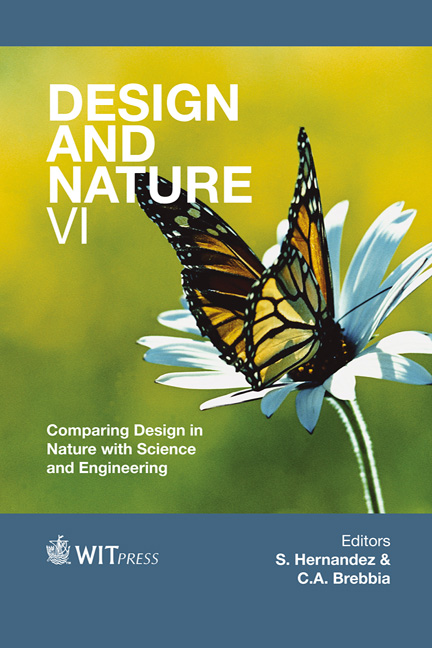Simulation Of A Passive Ground-coupled Cooling System For A Room In A Hot Humid Climate
Price
Free (open access)
Transaction
Volume
160
Pages
11
Page Range
257 - 267
Published
2012
Size
3,270 kb
Paper DOI
10.2495/DN120231
Copyright
WIT Press
Author(s)
J. O. Onyango
Abstract
The US government has set a target of reducing CO2 emissions by 20% below the 2005 targets by the year 2020. Literature review reveals that residential buildings contribute over 20% of the total emissions mainly used for space heating, cooling, water heating and lighting. In hot humid climates, the concern is mainly for cooling and hot water that account for over 50% of the total residential energy consumption in South Florida as pointed out by Fairey and Parker (in Updated Miscellaneous Electricity Loads and Appliance Energy Usage Profiles for Use in Home Energy ratings, the Buildings America Benchmark Procedures and Related calculations, 2011). In hot humid climates, the indoor temperatures normally follow the outdoor temperatures very closely, making comfortable conditions difficult to achieve without the use of active systems. The maximum average ground temperatures at a depth of 1.0m in South Florida 28°C according to Givoni (in Passive and low energy cooling of buildings, 1994) who examined the temperature profiles at 1m below ground in Florida for different seasons. The work suggested that there was potential to rely on the ground as a heat sink to reduce carbon dioxide emissions. Therefore an arrangement where hot humid air is passed through the tubes buried underground could not only cool it but also dehumidify a certain amount before discharging into the building. The paper presents a study of biomimetic strategy that uses a ground coupled air-cooling system to reduce CO2 emissions. The results are from simulation a typical residential house with an area of 178m2 and floor to ceiling height of 2.44m and is connected to 200mm diameter plastic tubes buried underground. The tubes are laid in a slope to allow for any condensate to collect in a sump at
Keywords
ground-coupled, cooling, simulation, carbon dioxide emissions, hot-humid, Florida, biomimicry, nature





